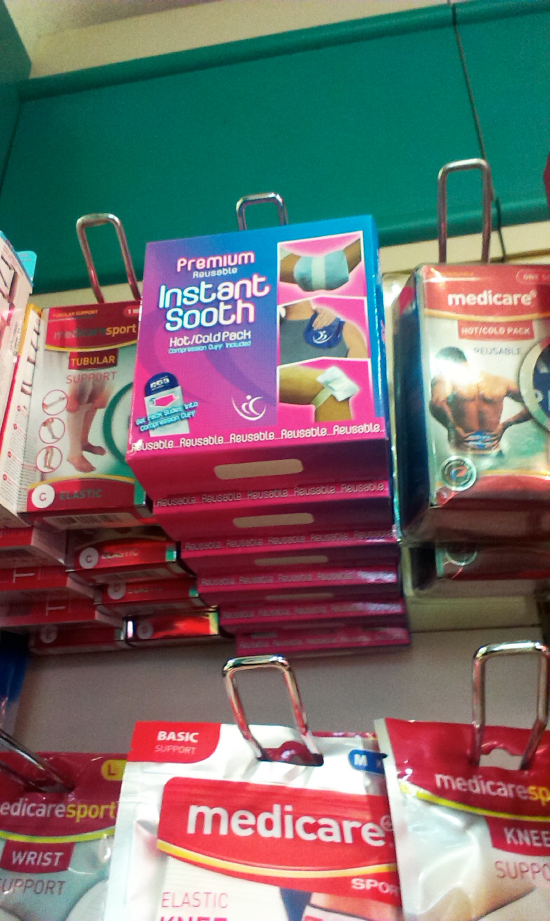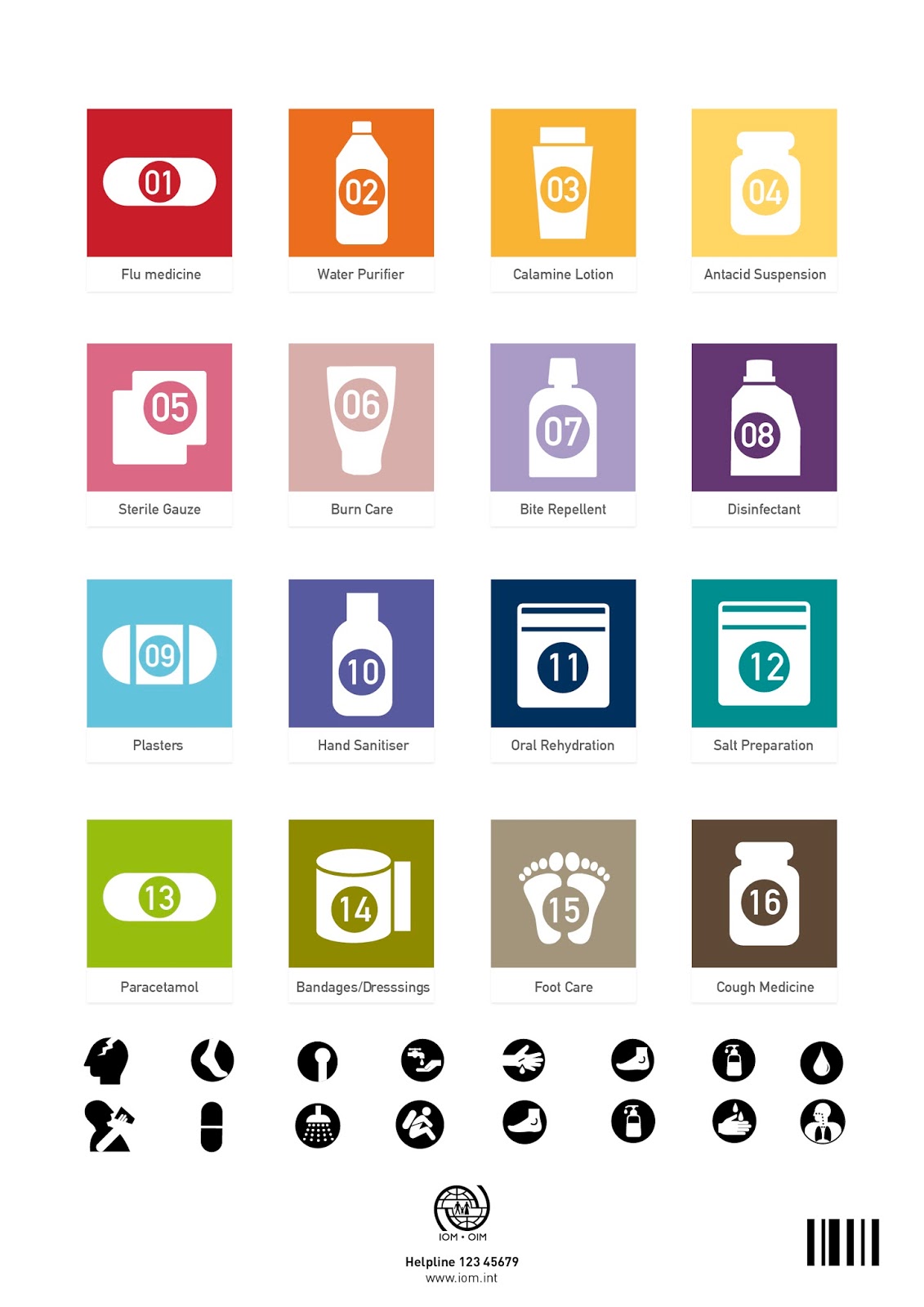Frontend IOM Boot camp
Two of our Imedia students – Conor Souness & Manasi Shetye – were selected to participate in the IOM boot camp run by Frontend. Here Manasi reports.
The IOM Boot camp was a three day intensive workshop organised by the User Experience Design agency,
Frontend in Dublin from 13th of June to 15th of June 2016. The selection for this workshop was based on our portfolios which were submitted online before 30th of May 2016. I was exhilarated to be short-listed amongst the 10 candidates for this bootcamp from four Universities namely University of Limerick, IT Carlow, National College of Art and Design (NCAD) and Trinity College, Dublin.
IOM Boot Camp – Day 1
The first day at the boot camp was scheduled from 10am to 9pm. It started with an introductory session and IOM presentation by John Buckley, UX designer at Frontend. He briefly described the issues faced by the migrants entering the European Countries, their routes of migration, three ideal personas, contents of the health pack, to be designed and potential treatments for the illnesses. We had a video skype call with Teresa Zakaria, Doctor of Medicine, IOM. She clarified the specifications of the health pack for the migrants and the scenarios of distributing the packs to the constantly moving migrants.


It was followed by a talk with a migrant named Kamal from Istanbul, who visited us to discuss what is the situation of the migrants in Ireland currently, and suggested how the respective government could aid these migrants towards a better future. After a short break we split into groups of twos and enlisted the overall issues of the migrants one on each post-it. The groups then assembled all the post-its on the brain storming boards and the National Creative Directors, Frank Long and Henry Poskit directed the categorisation of the issues. John concluded with putting across four projects for the teams. The projects were as follows:
- Designing the Health Pack (Product Design)
- Information Design (Graphic Design)
- Distribution of the packs (Service Design)
- Digital presence and aid (Application Design corresponding the Service Design)

The candidates selected their own groups and started working towards potential solutions for the assigned projects. And of the day each and every group had a discussion over their individual thought process and concepts to come up with a cohesive design system.
IOM Boot Camp – Day 2
The second day kick started implementing the potential solutions digitally. I was working with Susana, and Adrian to graphically represent the information design for the set of instructions to use the health pack. We first sketched the layouts for the possible designs and tried incorporating the contents.


We also visited a Pharmacy to observe the designs of the medical packs and observed the hierarchy of the design. For instance the title of the medicine in big bold letters and the quantity and descriptors in less prominent type sizes. We also observed the graphic styles of the info graphics on the packs.


We had a discussion with Frank from Frontend and he guided us to create a mental model of the design which can be applied across various mediums like print, posters, application design and a digital platform as well. The mental model displayed the category of the medicine, whether it was a pill, or a liquid solution or a cream and we assigned a numbering system to all the contents in the pack along with a colour code for a better visibility in the pack and easy differentiation. Followed by the Dos and Don’ts related to the medicine. Then the pictographic representation of the usage of the medicine. The Mental model concluded with the support information of the IOM website and helpline in case of query and also a bar code in case IOM wants to track the movement of the migrants anonymously. We presented our solutions for our respective projects at the end of the day and got a fair feedback in terms of iterating the design.
 |
| Mental model of the Medicine’s information |
 |
|
Iconography, Colour coding, Numbering System |
IOM Boot Camp – Day 3
We iterated the designs after the Day 2’s feedback session. Design is certainly an evolving process and when we look back at we started and where we reached it was a satisfactory feeling of improvement. A simple though essential mental model and its improved graphic representation gave a promising look to the health packs. We also tried designing mockups for the graphical unit in order to see how the post production would come across for the pack design. We finally presented our designs and the entire process to the entire team of Frontend. We were definitely appreciated for all the work that was put within a span of three days through out the bootcamp.
 |
|
Visual representation of the Mental Model |
 |
|
Visual representation of the Mental Model for pills |
 |
| Visual representation of the Mental Model for a Syrup |
I also learned a few things through the presentations by the other teams working on the Service design, health pack design and the corresponding application design. Since we discussed and presented individual ideas and concepts on the second day of the camp, all the projects came together to form a cohesive system of design for the health packs, information and distribution to the migrants on the go. I thoroughly relished the three days spent at the bootcamp. It gave me hands on experience working with professionals a project that will eventually be implemented for a good cause.















